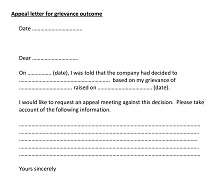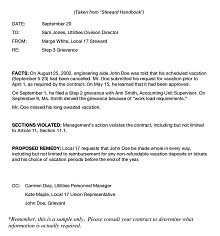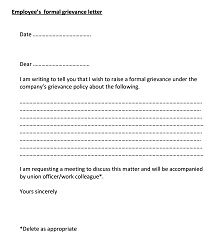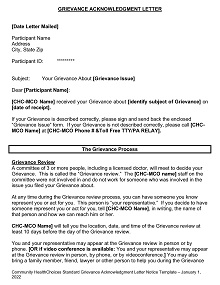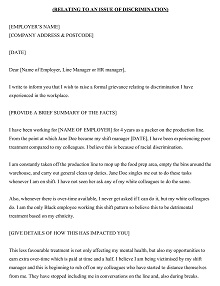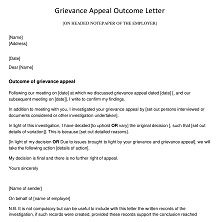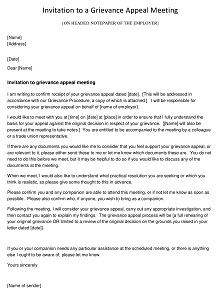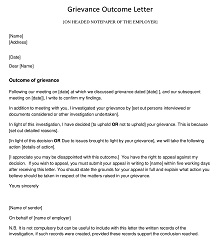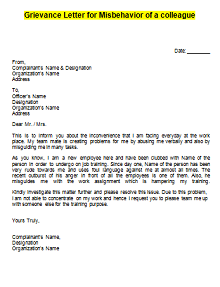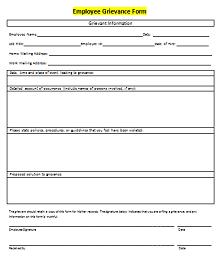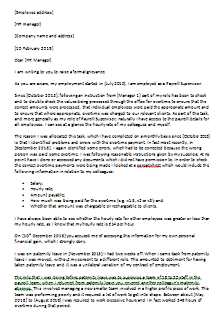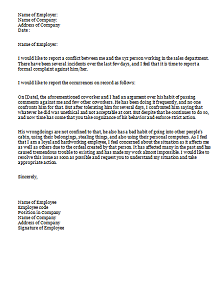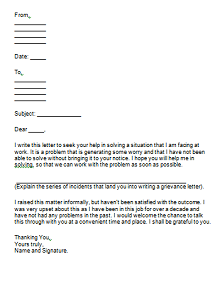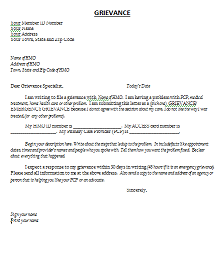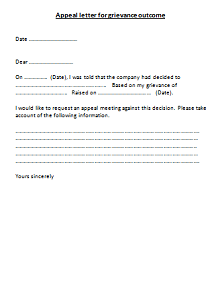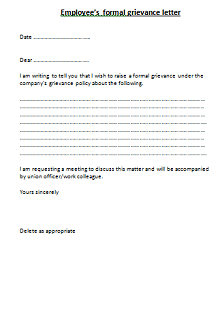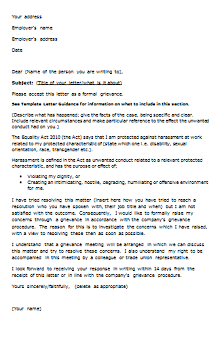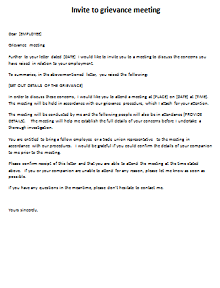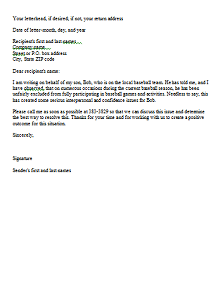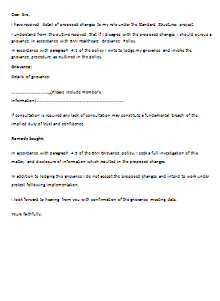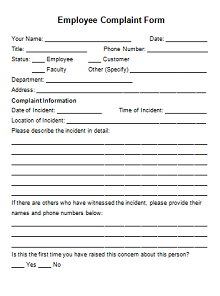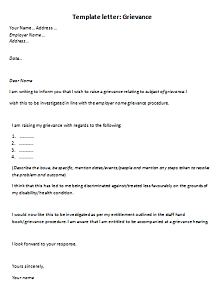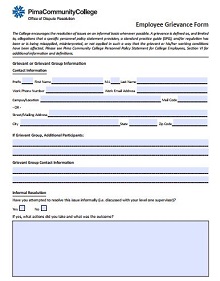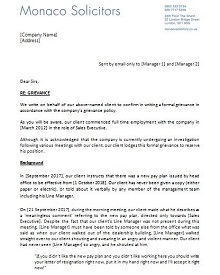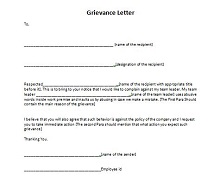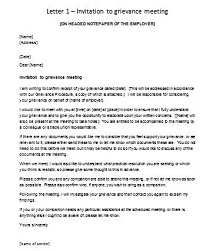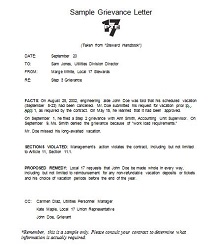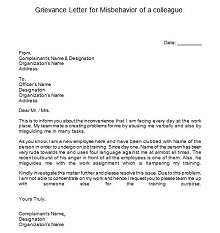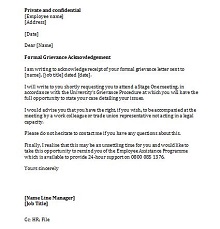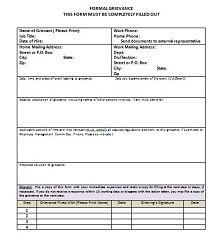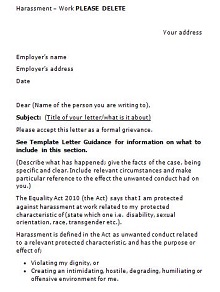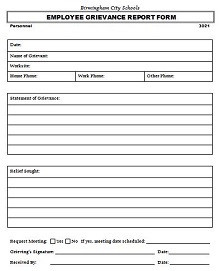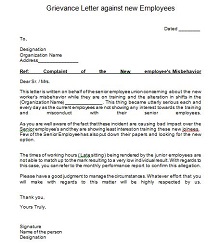40+ Formal Grievance Letter Sample Templates – DOC,PDF
A grievance letter template is a document that outlines a complaint relating to an issue that you want addressed. These templates are most commonly used in the workplace to address and resolve employee dissatisfaction or misunderstandings formally. They provide a comprehensive structure for making sure that your concerns are properly noted and addressed.
These sample letters may include specifics related to the problem such as dates, times, people involved, events that occurred, as well as any other information relevant to understanding the grievance. It is important to be clear, concise, and professional when writing your letter in order for it to be taken seriously by the party responsible for addressing the issue. By using these templates, you can ensure that your grievances are heard and dealt with appropriately.
- Accounting Templates
- Art & Media
- Budget Templates
- Business Templates
- Calendar Templates
- Certificates
- Charts
- Education Templates
- Inventory Templates
- Invoice Templates
- Letter Templates
- Medical Templates
- Personal Templates
- Project Plan Templates
- Timesheet Templates
Download Free Grievance Letter Sample
What Is a Grievance Letter?
A grievance letter is a formal document that outlines any unfair treatment that you may have received in the workplace or from any other kind of organization or service provider. It’s important to note that grievance letters are not legal documents, they are used to express your concerns and grievances in writing. This can be helpful in situations where verbal communication has failed for example, if you’ve tried speaking with someone at the company but they haven’t taken any action on your complaint.
How To Write A Grievance Letter
Writing an effective grievance letter requires careful consideration and thoughtfulness. Here are some tips for crafting an effective grievance letter:
• Make sure to include all relevant details, such as dates, names of involved parties, and specifics about the incident. This will help give context and make it easier for the recipient to understand your complaint clearly.
• Begin by stating why you are writing the letter outlining exactly what happened and how it made you feel wronged. Be sure to keep emotion out of the equation and focus instead on presenting facts and evidence that support your case.
• Request specific changes or remedies that would make things right from your perspective. Make sure these requests are reasonable and achievable within reason (e.g., asking for compensation).
• Provide contact information so that the recipient can contact you directly if they need further clarification or want to discuss the matter further.
How Can I Make My Grievance Letter More Effective?
When writing a grievance letter template, make sure to keep things professional and courteous at all times even if you feel angry or frustrated about the situation at hand. Additionally, be sure to use clear language that isn’t overly complicated or difficult for someone else to understand.
This will help ensure that the person reading it understands exactly what happened and why it’s wrong. Finally, try to keep the tone of the letter polite yet firm; don’t let yourself get too emotional, but also don’t let anyone walk all over you either.
Using A Grievance Letter Template
When using a grievance letter template, there are certain steps you need to take in order to ensure your concerns are effectively communicated. First, you should identify the specifics of your grievance and make sure you have all relevant facts at hand before writing your letter.
Then, you should create an outline for your letter using the template provided as guidance. This includes making sure that you include all necessary information such as contact details and any supporting evidence for your case. Finally, you should review your letter once it’s complete before submitting it so that any errors or types can be corrected before sending it off.
What Should Be Included in a Grievance Letter Template?
A well-written grievance letter should always include the following elements:
• The specific details of your complaint – This should include who was involved, what happened, when it happened, where it happened, and why it is wrong or caused a problem.
• Evidence – If you have any evidence that supports your claims (e.g., photographs, emails, or other documents), then make sure to include them with the letter. This will help bolster your case and make your argument more convincing.
• Your desired outcome – Clearly state what action you would like taken as a result of your complaint. Whether it’s an apology or some form of compensation, make sure this is included in the letter so there is no confusion about what you’re asking for.
• Contact Information – Provide all relevant contact information (name, address, phone number) so that whoever receives the letter knows who they are dealing with and can easily get in touch with you if they need more information or clarification on anything within the letter.

